Stargazers and night sky enthusiasts, get ready for a celestial treat! Two dazzling meteor showers are set to illuminate the night sky in the coming days, offering a spectacular display for those willing to stay up late and find a dark viewing spot. These cosmic light shows, caused by Earth passing through debris left behind by comets, promise to paint streaks of light across the heavens.
Whether you’re an experienced astronomer or a casual observer, these upcoming meteor showers present a perfect opportunity to witness one of nature’s most awe-inspiring phenomena. So mark your calendars and prepare to be amazed as we delve into the details of these approaching meteor showers.
Dates and Peak Viewing Times

The Southern Delta Aquarid meteor shower is active from July 18 through August 21, with its peak occurring between July 29 and 30 this year. Concurrently, the Alpha Capricornids meteor shower is active from July 7 through August 15. The Alpha Capricornids have a unique “plateau-like” peak centered on July 31, as reported by the American Meteor Society.
This creates a rare opportunity for skywatchers, as the peak periods of both showers overlap from July 29 to 31. This convergence means that observers have a window of several days where they might see meteors from both showers, potentially increasing the overall number of visible meteors.
Origins of these Meteor Showers
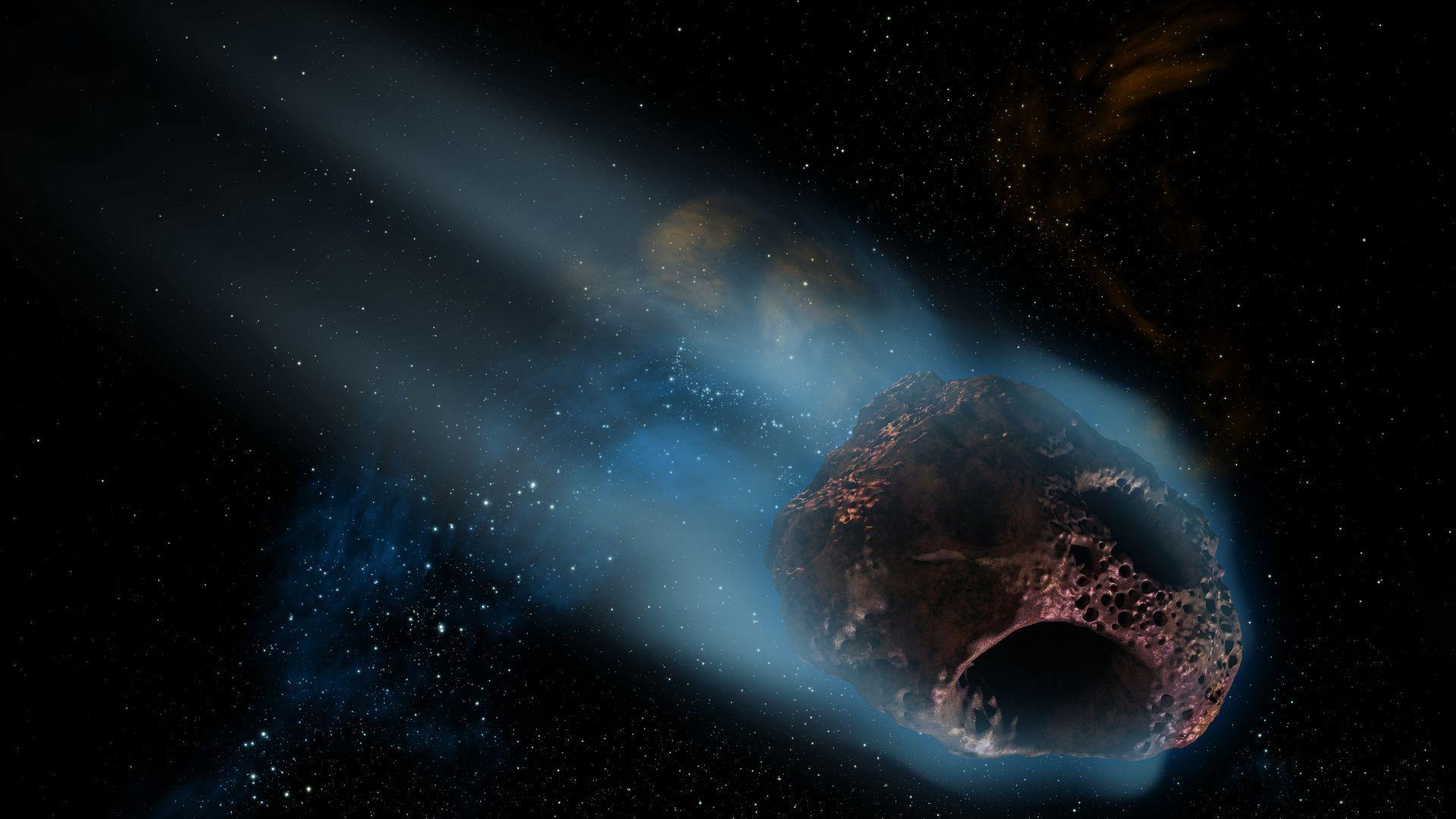
Meteor showers typically result from Earth passing through debris trails left by comets or asteroids. The Southern Delta Aquariids are believed to originate from Comet 96P/Machholz, though this is not definitively established. The Alpha Capricornids are associated with comet 169P/NEAT.
As Earth orbits the Sun and intersects these debris trails annually, we experience these recurring meteor showers. The different active periods and peak times reflect the varied orbits of the parent bodies and the distribution of debris along Earth’s path.
Expected Meteor Rates
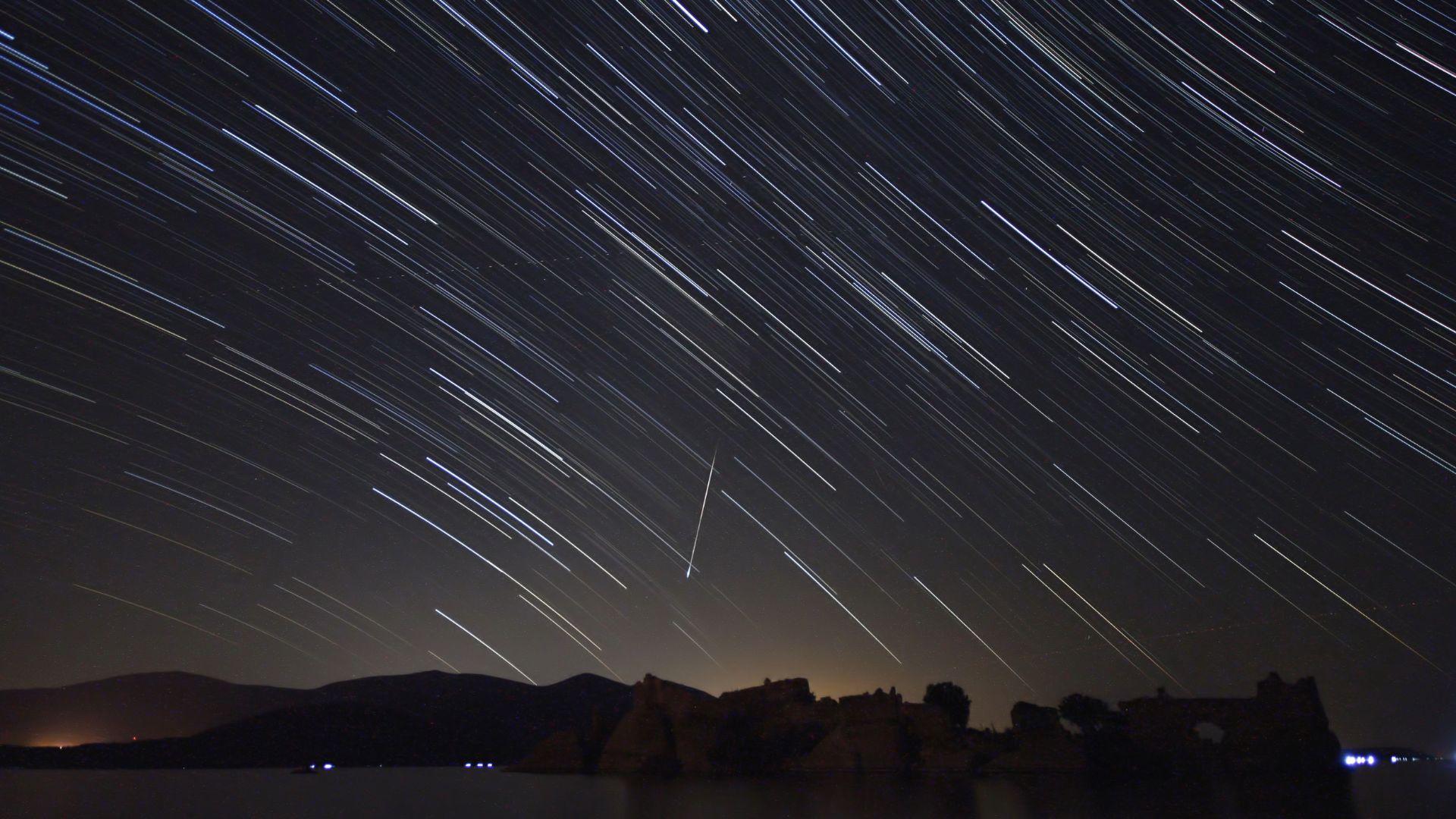
Meteor rates are typically expressed as ZHR (Zenithal Hourly Rate), representing the number of meteors a single observer might see per hour under ideal conditions. The Southern Delta Aquariids are generally considered a moderate shower, while the Alpha Capricornids are usually less active but known for producing bright fireballs.
The overlap of these showers could potentially increase the overall number of visible meteors. For accurate rates, it would be best to consult recent predictions from astronomical organizations as the peak dates approach.
Optimal viewing Locations
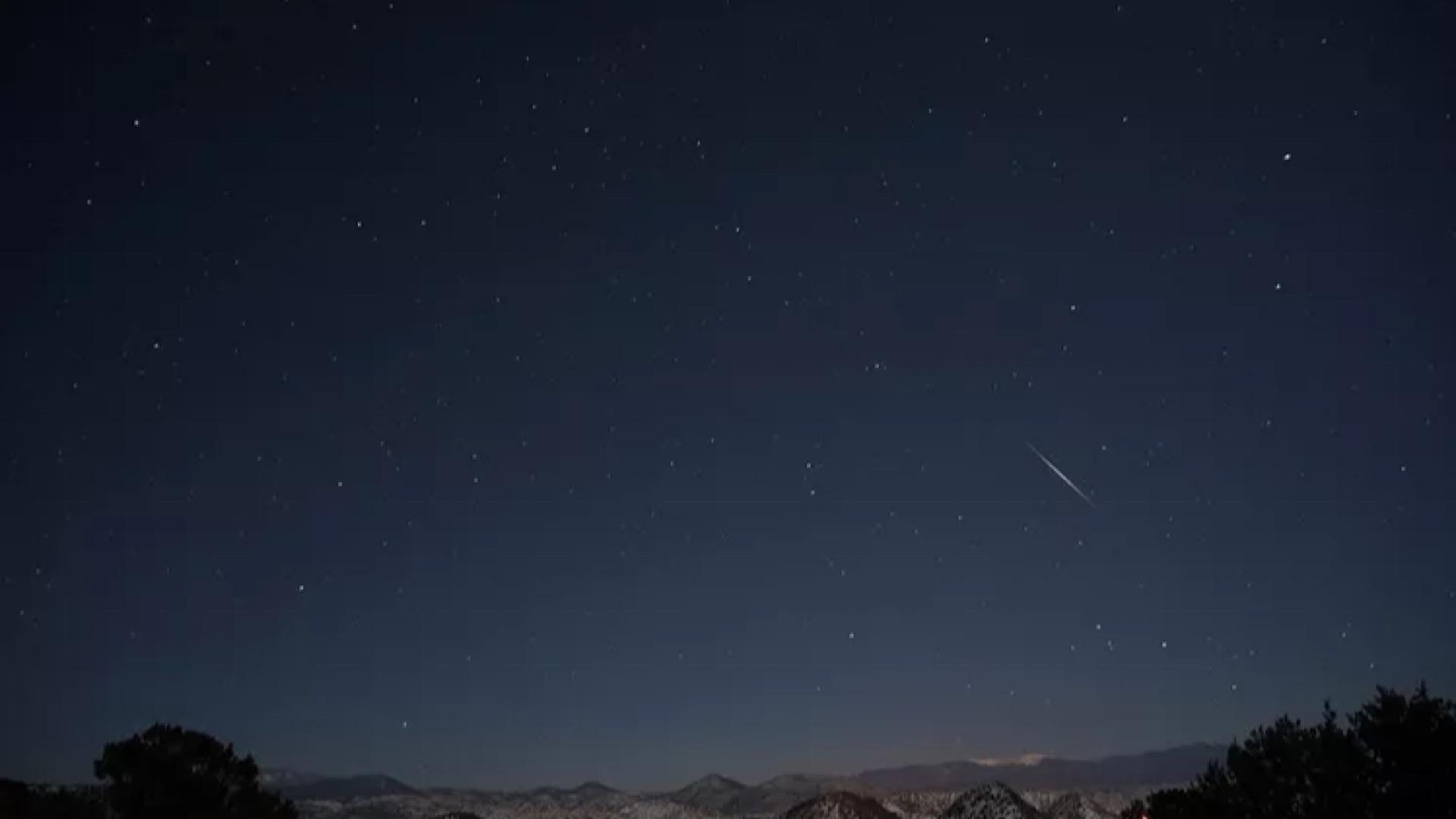
Optimal viewing typically requires dark skies away from light pollution. Rural areas, state or national parks, and designated dark sky reserves offer ideal conditions. Seek out open areas with unobstructed views of the sky, such as fields or beaches. Higher elevations can also improve visibility.
For these particular showers, locations with a clear view of the southern sky would be beneficial, as the radiant points of both showers are in southern constellations. Always prioritize safety when choosing a viewing location, especially if traveling to remote areas.
Weather Conditions and Their Impact on Visibility
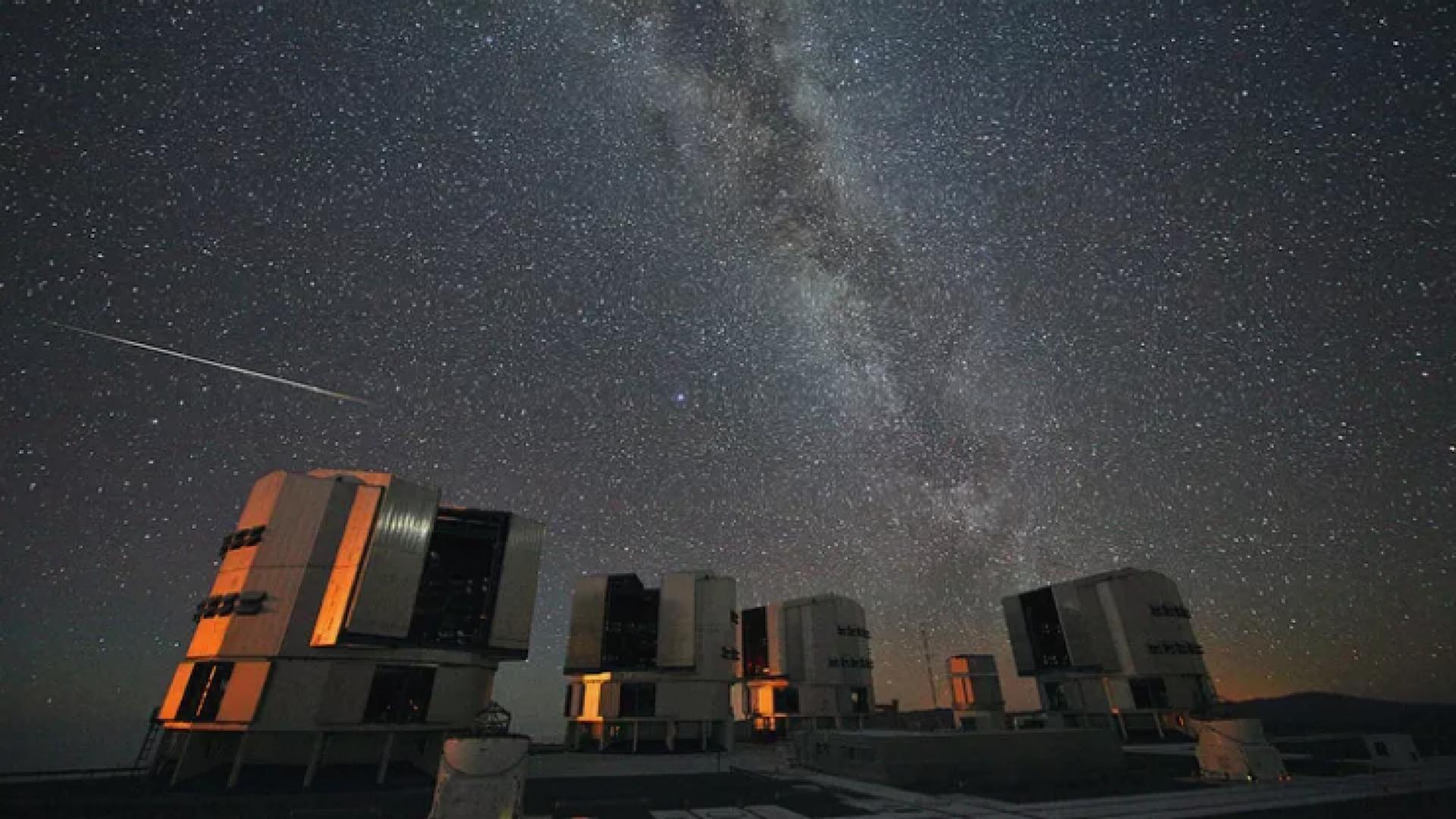
Clear, cloudless skies are essential for optimal visibility. High humidity can create haziness, reducing the number of visible meteors. Moon phase is another critical factor; a full or nearly full moon can wash out fainter meteors. For these late July/early August showers, summer weather patterns in the viewer’s location will play a significant role.
It’s advisable to check local weather forecasts and astronomical seeing conditions in the days leading up to the peak dates. If conditions are poor in your area, consider traveling to a location with better predicted weather if possible.
Best Tips for Photographing Meteor Showers
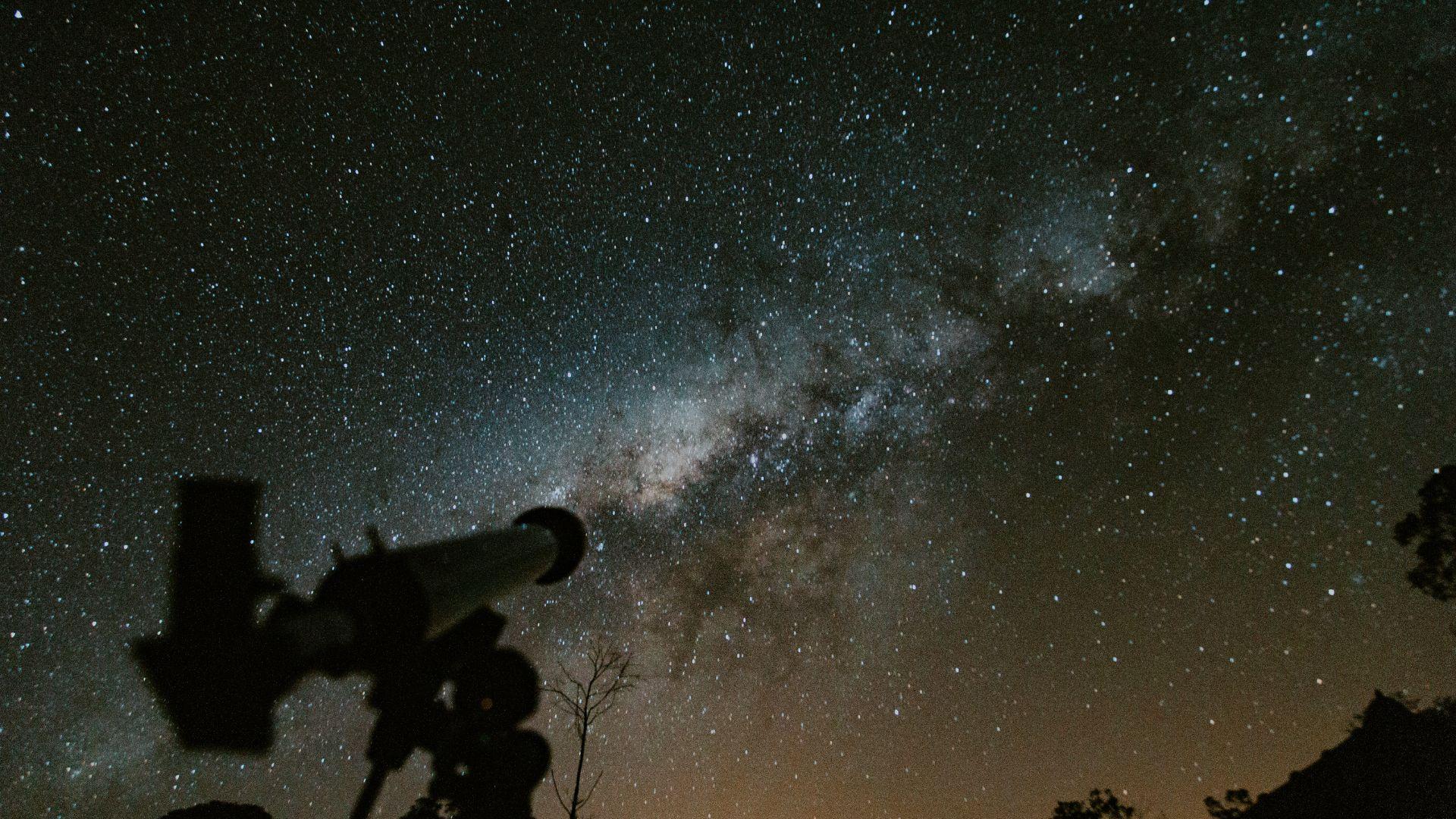
Meteor shower photography includes using a camera with manual settings, a wide-angle lens, and a sturdy tripod. Set your camera to a high ISO (typically 1600-3200) and use a wide aperture (f/2.8 or wider if possible). Use long exposures, around 15-30 seconds, to capture meteor trails. Focus manually on a bright star or distant light. Take continuous shots to increase your chances of capturing meteors.
Consider using an intervalometer for automated shooting. Compose your shot to include interesting foreground elements. Remember to bring extra batteries and memory cards, as you’ll be taking many exposures throughout the night.
Science Behind Meteor Showers
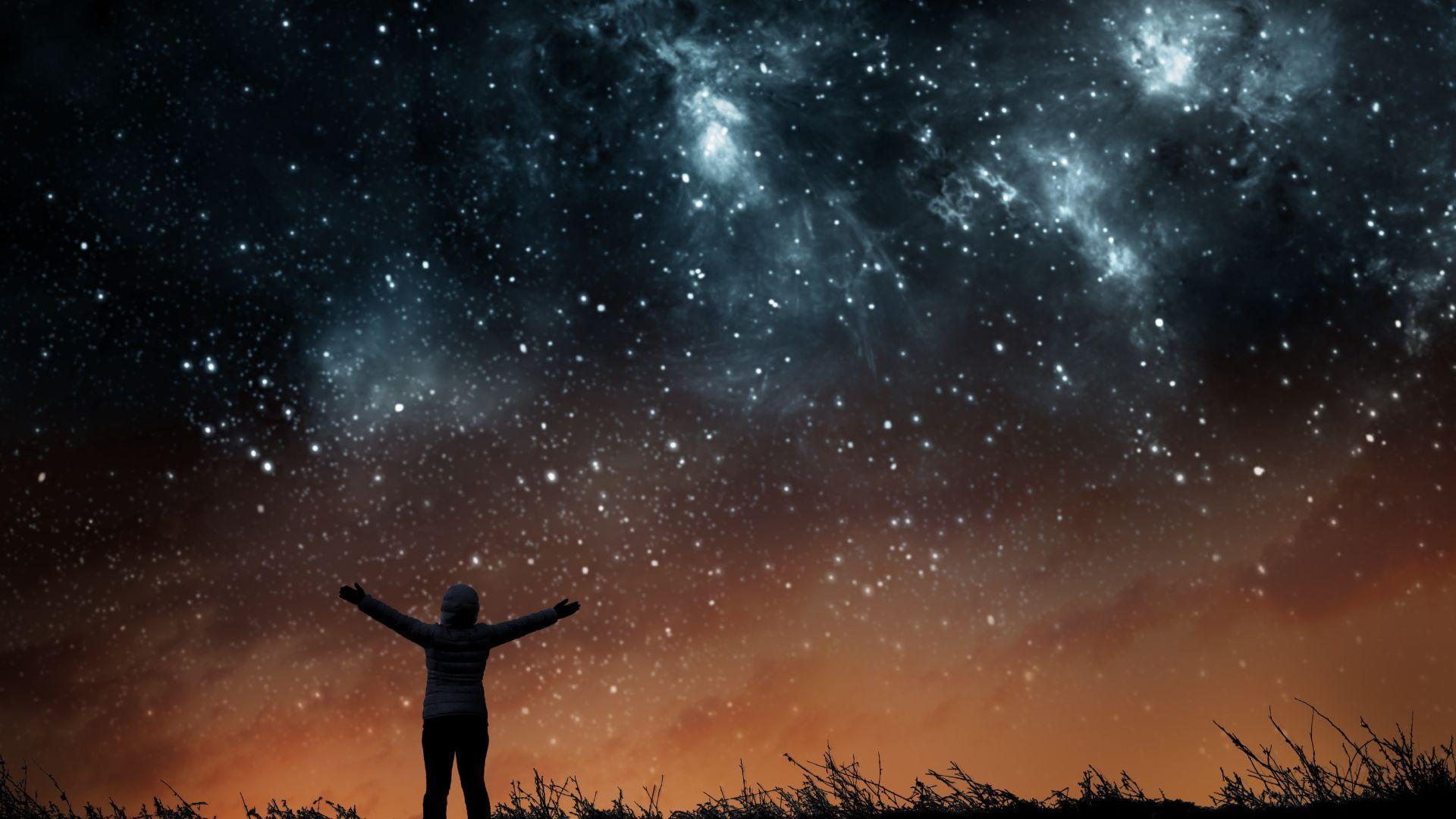
Meteor showers occur when Earth passes through debris trails left by comets or asteroids. As these parent bodies orbit the Sun, they shed small particles of rock and ice. When Earth intersects these debris trails, the particles enter our atmosphere at high speeds, typically around 40-75 km/s.
The friction with the atmosphere causes these particles to heat up and vaporize, creating the bright streaks we see as “shooting stars.” The radiant point of a meteor shower is the apparent point in the sky from which the meteors seem to originate, giving each shower its name based on the nearest constellation.
Equipment Required for Viewing Meteor Showers
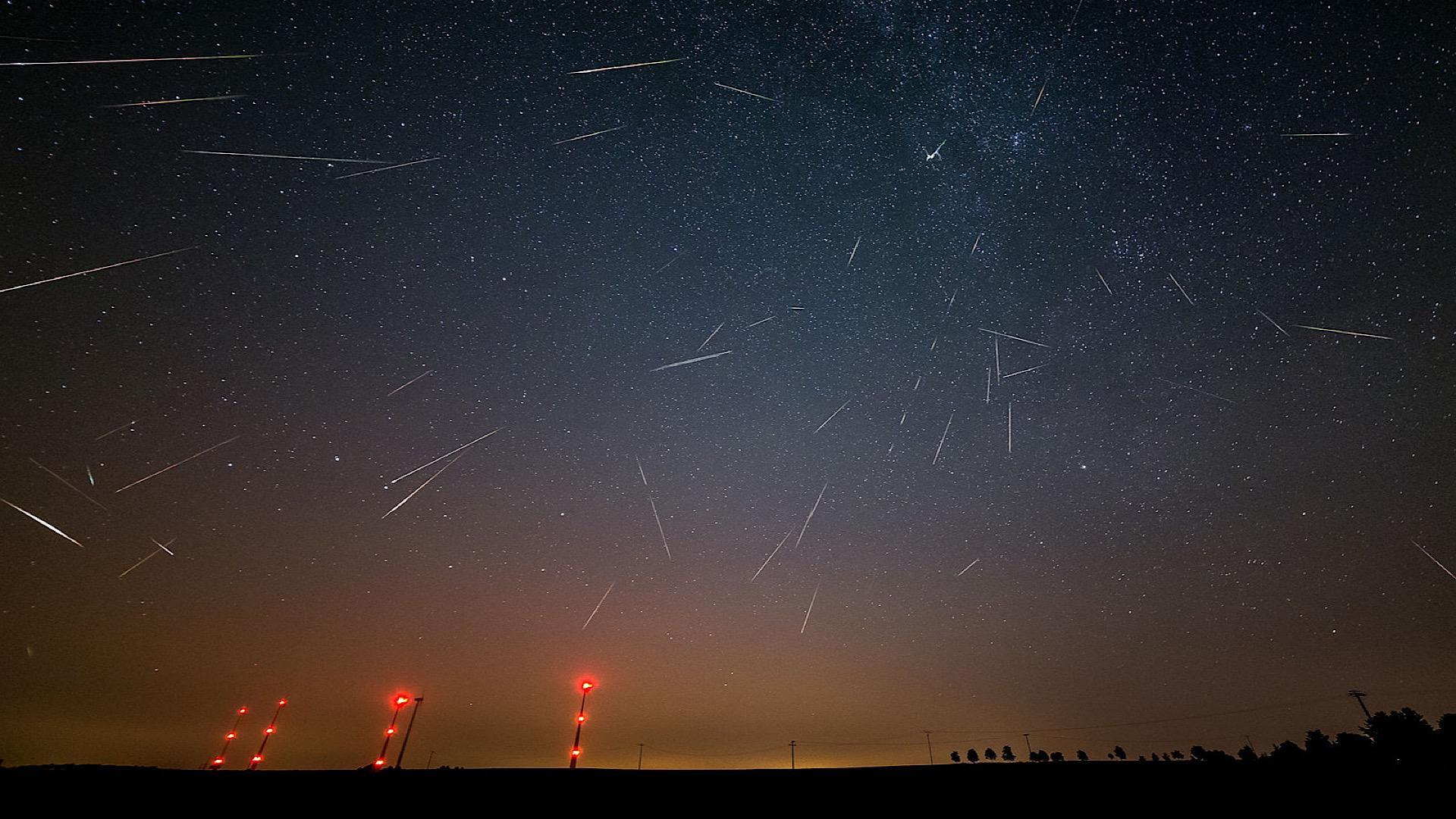
Thankfully, meteor showers are one of the few astronomical events that require minimal equipment for enjoyment. The naked eye is the best tool for observing meteors. However, some helpful items include a comfortable reclining chair or blanket for lying back, as looking straight up is the best position for viewing.
Red flashlights are useful for preserving night vision while navigating or reading star charts. Binoculars or telescopes aren’t necessary for meteor watching but can be fun for general sky gazing between meteors. Warm clothing, even in summer, is important as temperatures can drop significantly at night.
Tips for a Comfortable and Safe Viewing

There are a few general tips to follow when viewing a meteor shower: Dress in layers, even in summer, as nights can be chilly. Bring blankets or sleeping bags for warmth and comfort while lying on the ground. Pack insect repellent to ward off mosquitoes and other nocturnal bugs. Bring snacks and water to stay comfortable during long viewing sessions.
If viewing from a remote location, inform someone of your plans and bring a fully charged cell phone for emergencies. Consider bringing a chair that reclines or a yoga mat for comfort. Allow your eyes at least 20-30 minutes to fully adjust to the darkness. Avoid looking at your phone or other bright lights to maintain night vision.

